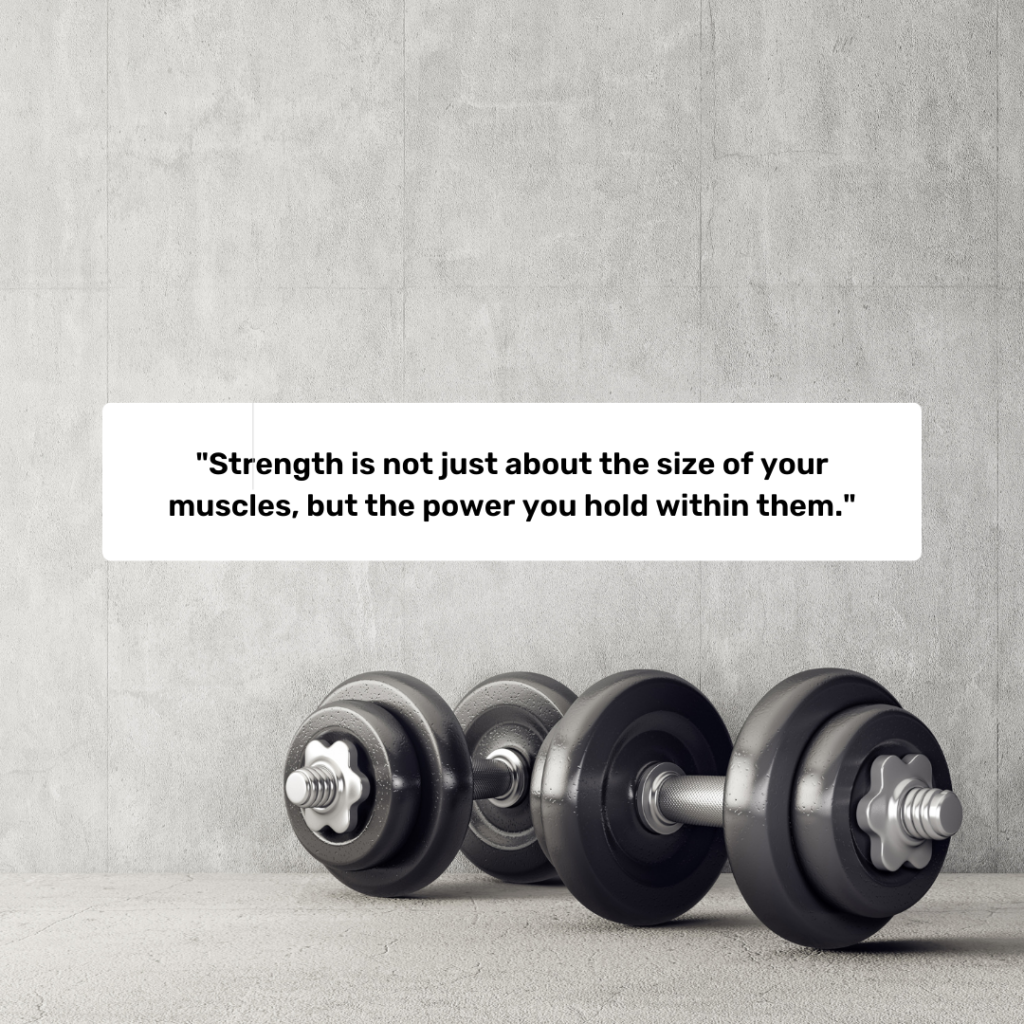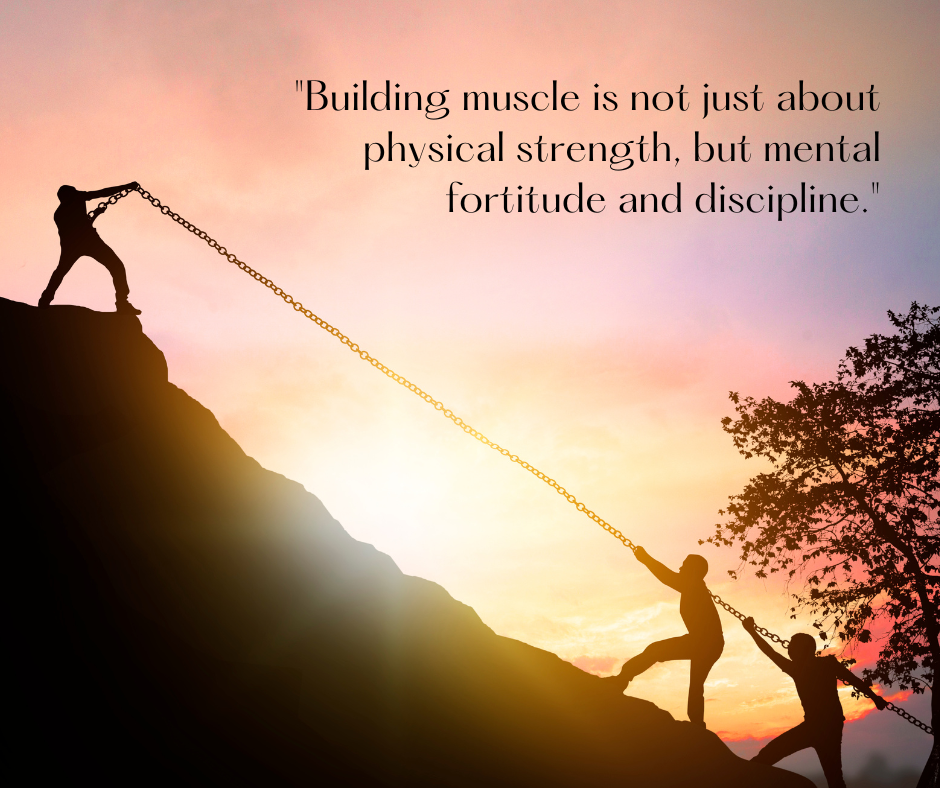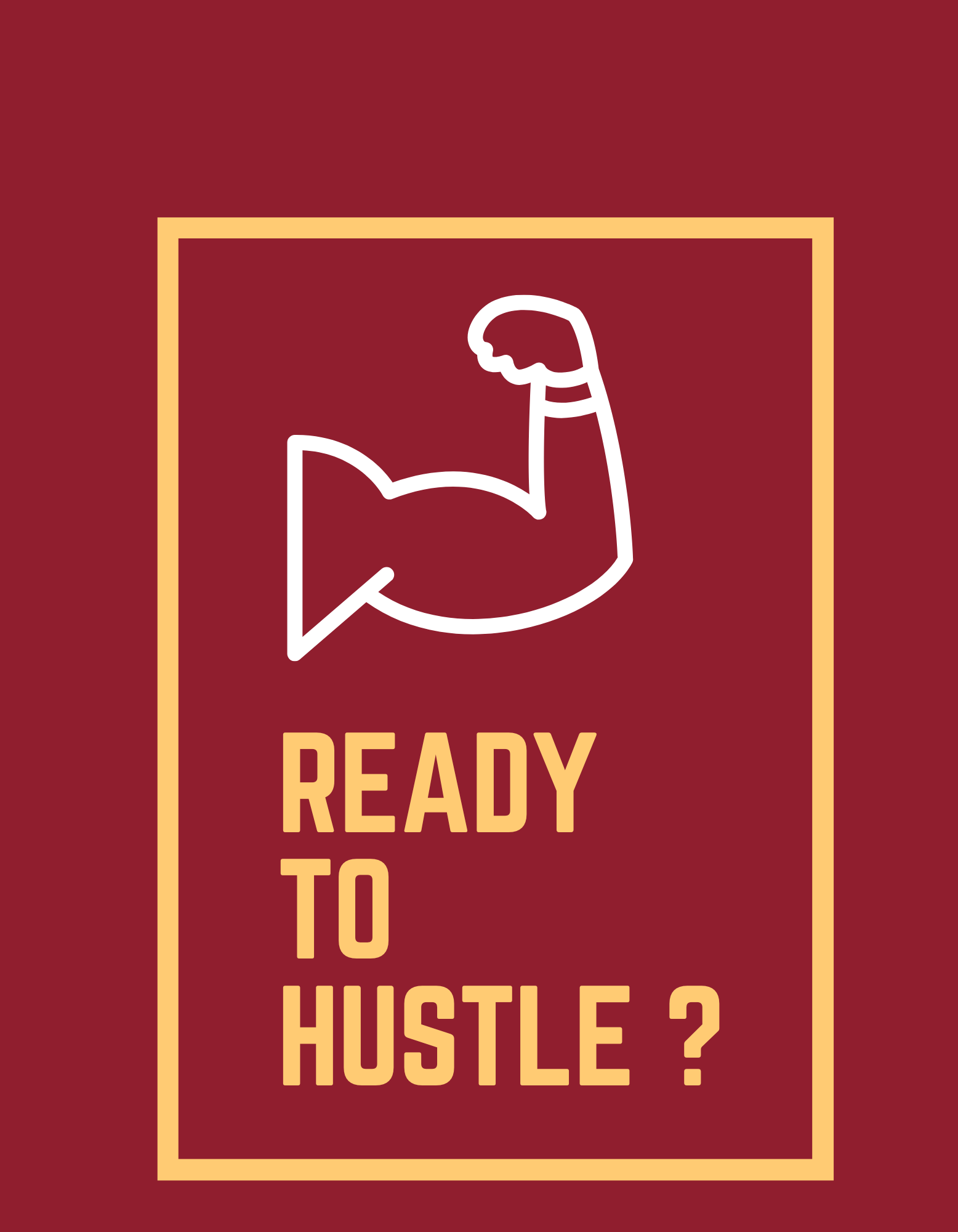Have you ever done any exercises to improve your muscular fitness?
If yes then you must know that muscular fitness is all about the health and strength of our muscles. There are many ways to work on improving our muscular fitness, including lifting weights, doing body-weight exercises like push-ups or squats, or even just using resistance bands.
What do you think are the benefits of having good muscular fitness? One of the main benefits of having good muscular fitness is that it can help us perform everyday tasks more easily. For example, if you have strong leg muscles, you’ll be better able to climb stairs or carry heavy groceries without getting tired. Muscular fitness can also improve our posture and balance, which can reduce our risk of falls or other injuries.
How often do you think people should work on their muscular fitness? When it comes to how often people should work on their muscular fitness, it really depends on their goals and fitness level. For someone who is just starting out, it might be enough to do some basic bodyweight exercises a few times a week. But for someone who wants to build a lot of muscle or compete in a strength sport, they might need to work out several times a week and follow a specific training program.
What are some common misconceptions about muscular fitness that you’ve heard? There are definitely some misconceptions out there about muscular fitness. One of the most common ones is that lifting weights will make you bulky or masculine-looking, which is simply not true for most people. In reality, building muscle takes a lot of time and effort, and most people won’t accidentally get too bulky unless they’re really trying to.
What kind of exercises do you enjoy doing to work on your muscular fitness? As for me, I enjoy doing a mix of different exercises to work on my muscular fitness. I like doing bodyweight exercises like push-ups and squats, but I also enjoy using resistance bands or dumbbells for some extra resistance. I find that working on my muscular fitness helps me feel stronger and more confident in my everyday life

Muscular fitness is the measure of the strength, endurance, and flexibility of the skeletal muscles in the body. It is an important aspect of overall physical fitness and plays a vital role in maintaining a healthy and active lifestyle. Strong muscles can help improve posture, prevent injuries, and reduce the risk of chronic diseases such as obesity, diabetes, and heart disease.
Why is muscular fitness important?
Muscular fitness is important for several reasons. Firstly, it helps in maintaining healthy bones and joints, which can help prevent injuries and reduce the risk of falls. Secondly, it can improve overall physical performance in activities such as sports, dancing, and everyday tasks such as carrying groceries or climbing stairs. Finally, strong muscles can help improve metabolic rate, leading to a reduction in body fat and an increase in lean muscle mass.
There are some common muscle problems that can be cured with the help of exercises :
Common muscle problems include muscle strains, sprains, and tears. Muscle exercises can help overcome these problems by strengthening the muscles around the affected area, improving blood circulation, and promoting faster healing. Exercises that focus on stretching and strengthening the affected muscles can help improve flexibility, reduce pain, and prevent future injuries.
You may ask me What is bone density and why is it important?
Bone density refers to the amount of mineral content in bones. It is an important measure of bone strength and can help predict the risk of fractures and osteoporosis. Maintaining healthy bone density is crucial, especially as we age, as it can help prevent bone loss and reduce the risk of fractures.
Are you a working corporate and finding difficulty with managing time for your fitness routine?
Corporate lifestyle can often be sedentary, involving long periods of sitting in front of a computer or in meetings. This can lead to poor posture, back pain, and reduced muscular fitness.
- Basic muscle movements that can be done while working include stretching exercises, such as neck rotations and shoulder shrugs, which can help improve posture and reduce tension in the muscles.
- Resistance exercises, such as squats and lunges, can be done during short breaks to improve muscle strength and flexibility.
- Additionally, taking frequent breaks to walk or stand can help improve blood circulation and reduce the risk of muscular problems.

There are several diseases related to muscles, some of which are listed below:
- Muscular Dystrophy: Muscular dystrophy refers to a group of genetic disorders that cause progressive weakness and degeneration of muscles over time. Symptoms typically appear in childhood and worsen over time, leading to difficulty with mobility and basic activities of daily living.
- Myasthenia Gravis: Myasthenia gravis is a rare autoimmune disorder that causes muscle weakness and fatigue, particularly in the muscles responsible for eye and facial movements, as well as in the arms, legs, and torso.
- Polymyositis: Polymyositis is an inflammatory disease that causes muscle weakness, particularly in the hips, thighs, shoulders, and neck. It is caused by an overactive immune system attacking healthy muscle tissue.
- Amyotrophic Lateral Sclerosis (ALS): ALS, also known as Lou Gehrig’s disease, is a neurodegenerative disorder that affects nerve cells in the brain and spinal cord that control muscle movement. Symptoms include muscle weakness, twitching, and difficulty with speaking, swallowing, and breathing.
- Fibromyalgia: Fibromyalgia is a chronic pain disorder that affects muscles, tendons, and ligaments, causing widespread pain, fatigue, and tenderness. The exact cause of fibromyalgia is unknown, but it is believed to be related to changes in the way the brain processes pain signals.
- Rhabdomyolysis: Rhabdomyolysis is a rare but serious condition that occurs when muscle tissue breaks down and releases its contents into the bloodstream, leading to kidney damage, electrolyte imbalances, and potentially life-threatening complications.
Treatment for these diseases may include medications, physical therapy, occupational therapy, and other supportive measures to help manage symptoms and improve quality of life.
Very important aspect of our health is building Endurance:
Endurance can be improved through regular physical activity and exercise. Endurance refers to the ability of the body to sustain physical activity or exercise for an extended period of time without becoming excessively fatigued or out of breath.
Here are some ways to improve endurance:
- Cardiovascular Exercise: Cardiovascular exercise, such as running, cycling, or swimming, is an effective way to improve endurance. This type of exercise strengthens the heart and lungs, and increases the body’s ability to use oxygen efficiently.
- High-Intensity Interval Training (HIIT): HIIT involves short bursts of intense activity followed by periods of rest or lower intensity exercise. This type of training can improve endurance by challenging the body to work at high intensities and then recover quickly.
- Strength Training: Strength training can also help improve endurance by building muscle strength and endurance. The stronger the muscles are, the more they can endure during physical activity.
- Sports Specific Training: Endurance can also be improved through sport-specific training. For example, a runner can improve endurance by gradually increasing the distance and pace of their runs over time.
- Proper Nutrition: Proper nutrition is also important for improving endurance. Eating a balanced diet that includes carbohydrates, protein, and healthy fats can provide the body with the energy it needs to sustain physical activity for an extended period of time.

It’s important to note that endurance takes time to build, and it’s important to gradually increase the intensity and duration of physical activity to avoid injury or burnout. It is recommended to spend 2-3days a week for weight lifting for muscle power
Muscle exercise can increase stamina and help build endurance for activities that require physical exertion. Here are some muscle exercises that can help increase stamina:
- Squats: Squats are a compound exercise that can help build lower body strength and endurance, which can help increase stamina for activities such as running or cycling.
- Lunges: Lunges are another lower body exercise that can help build leg strength and endurance.
- Deadlifts: Deadlifts are a compound exercise that can help build overall strength and endurance in the lower body and back muscles.
- Push-Ups: Push-ups are a great upper body exercise that can help build chest, shoulder, and triceps strength, as well as improve overall stamina.
- Pull-Ups: Pull-ups are an excellent exercise for building upper body strength and endurance, particularly in the back and arms.
- Burpees: Burpees are a full-body exercise that can help build strength and endurance while also burning fat.
- Jumping Jacks: Jumping jacks are a simple exercise that can be done anywhere and can help improve cardiovascular endurance.
- Running or Jogging: Running or jogging is a great way to build endurance and increase stamina.
- Cycling: Cycling is another low-impact exercise that can help improve cardiovascular endurance and build leg strength.
- High-Intensity Interval Training (HIIT): HIIT involves short bursts of high-intensity exercise followed by periods of rest or lower intensity exercise. This type of training can help improve endurance and burn fat.
“Muscles are not built overnight, but through consistent effort and determination” , so are you determined?

